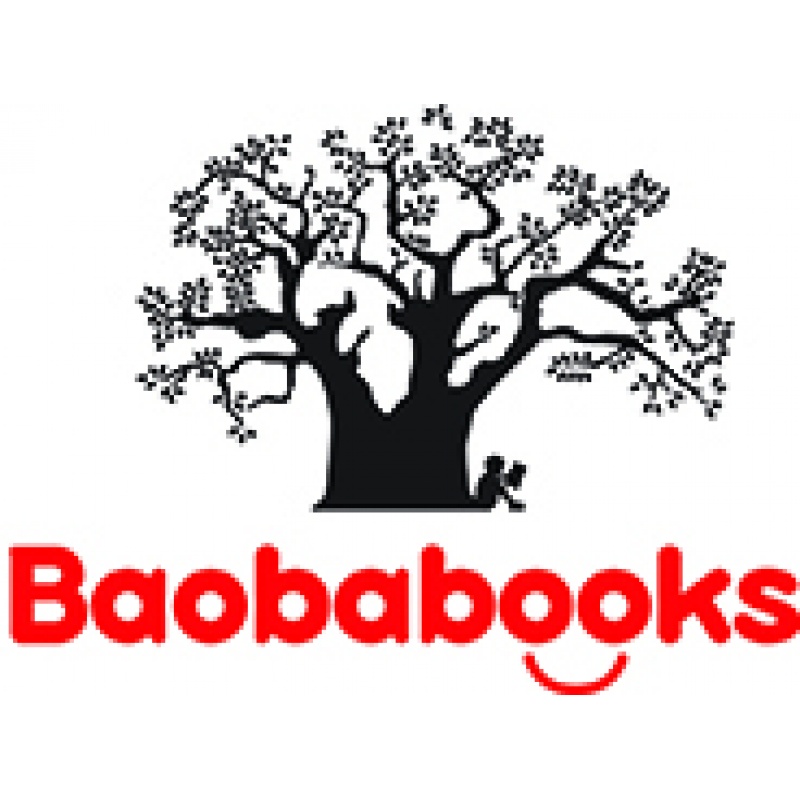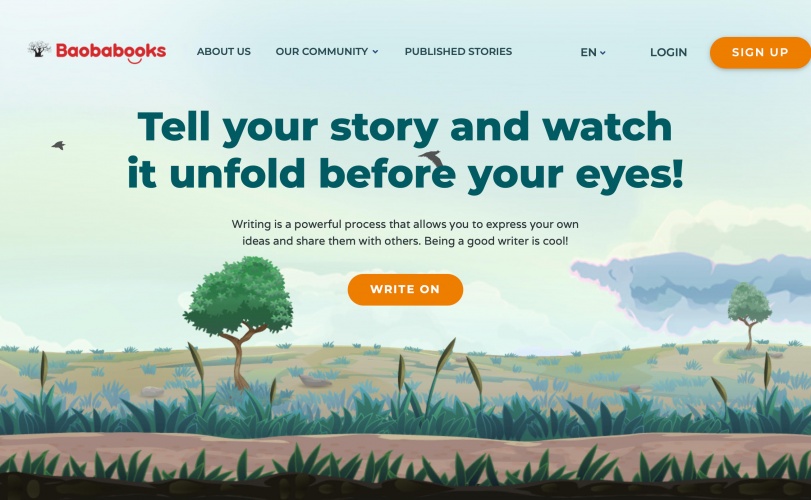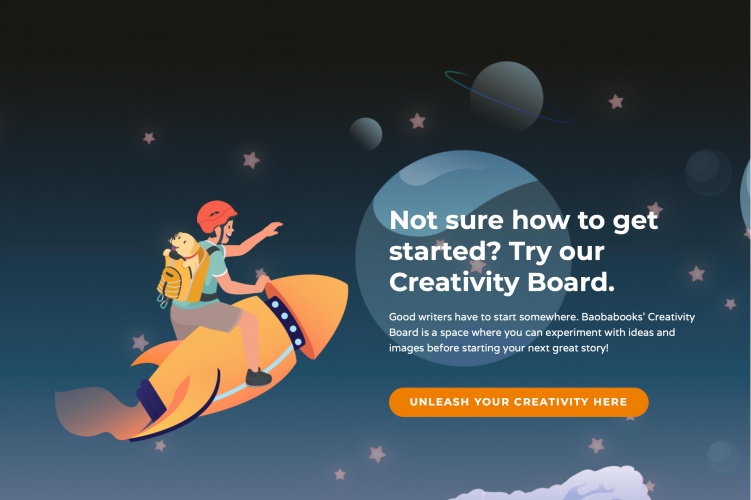Discuss and evaluate how authors use language, including figurative language, considering the impact on the reader.
Read easily, fluently and with good understanding.
Develop the habit of reading widely and often, for both pleasure and information.
Acquire a wide vocabulary, an understanding of grammar and knowledge of linguistic conventions for reading, writing and spoken language.
Appreciate our rich and varied literary heritage.
Write clearly, accurately and coherently, adapting their language and style in and for a range of contexts, purposes and audiences.
Write sentences by sequencing sentences to form short narratives.
Writing narratives about personal experiences and those of others (real and fictional).
Writing poetry.
Writing for different purposes.
Writing down ideas and/or key words, including new vocabulary.
Plan their writing by discussing and recording ideas.
Plan their writing by discussing writing similar to that which they are planning to write in order to understand and learn from its structure, vocabulary and grammar.
In narratives, describing settings, characters and atmosphere and integrating dialogue to convey character and advance the action.
Assessing the effectiveness of their own and others’ writing.
Plan their writing by identifying the audience for and purpose of the writing, selecting the appropriate form and using other similar writing as models for their own.
Précising longer passages.
Learn how to use sentences with different forms: statement, question, exclamation, command.
Listening to and discussing a wide range of poems, stories and non-fiction at a level beyond that at which they can read independently.
Being encouraged to link what they read or hear read to their own experiences.
Becoming very familiar with key stories, fairy stories and traditional tales, retelling them and considering their particular characteristics.
Learning to appreciate rhymes and poems, and to recite some by heart.
Understand books by predicting what might happen on the basis of what has been read so far.
Understand books by making inferences on the basis of what is being said and done.
Listening to, discussing and expressing views about a wide range of contemporary and classic poetry, stories and non-fiction at a level beyond that at which they can read independently.
Discussing the sequence of events in books and how items of information are related.
Becoming increasingly familiar with and retelling a wider range of stories, fairy stories and traditional tales.
Recognising simple recurring literary language in stories and poetry.
Discussing and clarifying the meanings of words, linking new meanings to known vocabulary.
Discussing their favourite words and phrases.
Understand books by drawing on what they already know or on background information and vocabulary provided by the teacher.
Participate in discussion about books, poems and other works that are read to them and those that they can read for themselves, taking turns and listening to what others say.
Explain and discuss their understanding of books, poems and other material, both those that they listen to and those that they read for themselves.
Listening to and discussing a wide range of fiction, poetry, plays, non-fiction and reference books or textbooks.
Reading books that are structured in different ways and reading for a range of purposes.
Increasing their familiarity with a wide range of books, including fairy stories, myths and legends, and retelling some of these orally.
Preparing poems and play scripts to read aloud and to perform, showing understanding through intonation, tone, volume and action.
Discussing words and phrases that capture the reader’s interest and imagination.
Recognising some different forms of poetry [for example, free verse, narrative poetry].
Drawing inferences such as inferring characters’. feelings, thoughts and motives from their actions, and justifying inferences with evidence.
Predicting what might happen from details stated and implied.
Identifying main ideas drawn from more than one paragraph and summarising these.
Identifying how language, structure, and presentation contribute to meaning.
Continuing to read and discuss an increasingly wide range of fiction, poetry, plays, non-fiction and reference books or textbooks.
Increasing their familiarity with a wide range of books, including myths, legends and traditional stories, modern fiction, fiction from our literary heritage, and books from other cultures and traditions.
Identifying and discussing themes and conventions in and across a wide range of writing.
Drawing inferences such as inferring characters’ feelings, thoughts and motives from their actions, and justifying inferences with evidence.
Summarising the main ideas drawn from more than one paragraph, identifying key details that support the main ideas.
Identifying how language, structure and presentation contribute to meaning.
Write sentences by re-reading what they have written to check that it makes sense.
Discuss what they have written with the teacher or other pupils.
Read aloud their writing clearly enough to be heard by their peers and the teacher.
Writing about real events.
Make simple additions, revisions and corrections to their own writing by evaluating their writing with the teacher and other pupils.
Draft and write by organising paragraphs around a theme.
Draft and write in narratives, creating settings, characters and plot.
Using further organisational and presentational devices to structure text and to guide the reader [for example, headings, bullet points, underlining].
Leaving spaces between words.
Beginning to punctuate sentences using a capital letter and a full stop, question mark or exclamation mark.
Identifying themes and conventions in a wide range of books .
Asking questions to improve their understanding of a text.





User reviews for Baobabooks
You need to log in to post a review.